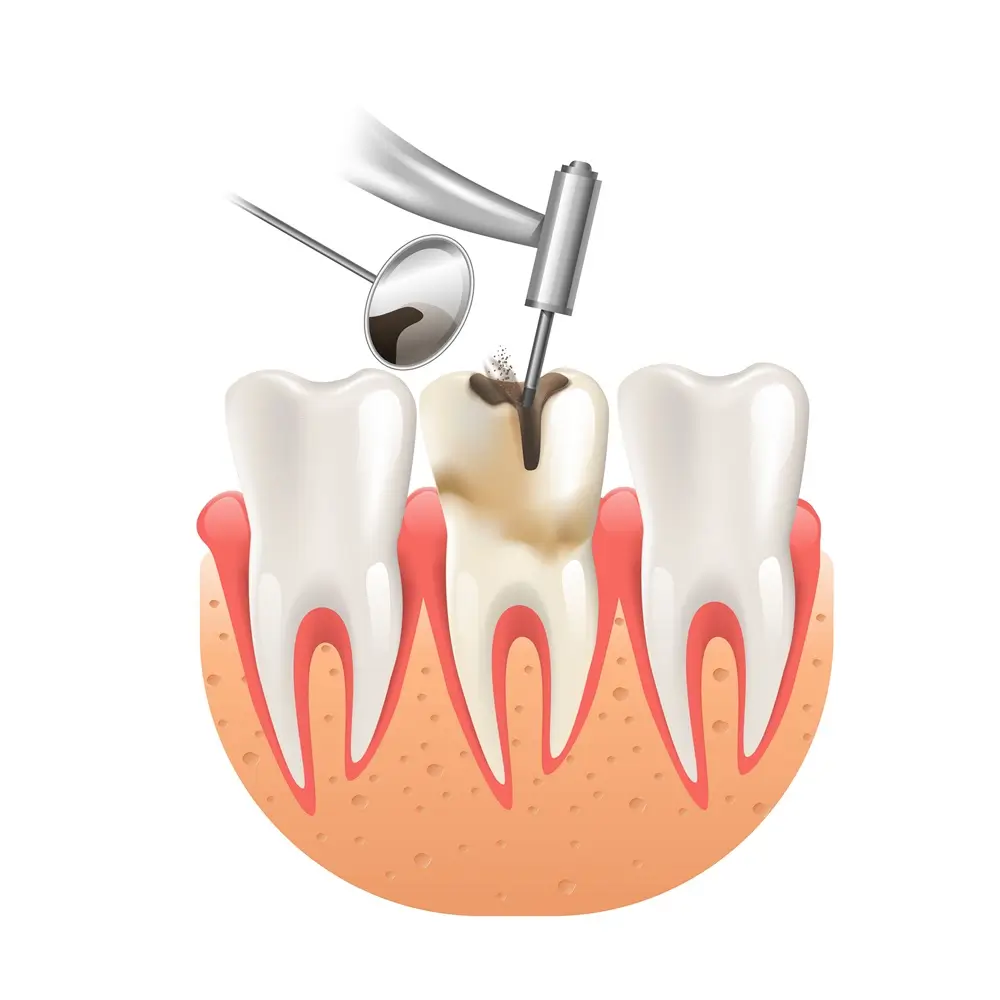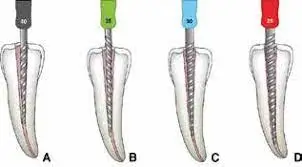If you’re experiencing severe tooth pain or have a damaged tooth, root canal treatment could be the solution you’re looking for. This advanced endodontic procedure has saved countless teeth and is an essential part of modern dentistry. By removing infected or damaged pulp and sealing the tooth, root canal treatment helps you keep your natural teeth, avoiding extraction and the need for dental implants.
In this article, we’ll explain the ins and outs of endodontics, why root canal treatments are crucial for saving teeth, and what to expect when undergoing this procedure. We’ll also look into the benefits of opting for a root canal treatment , which is now more comfortable and efficient than ever before read more.

1. What is Endodontics?
Endodontics is the branch of dentistry that focuses on the treatment of the soft tissue inside your teeth, known as the dental pulp. When this tissue becomes infected due to deep decay or trauma, it can cause significant pain. Endodontics is most well-known for performing root canal treatments, which remove infected tissue and help save the natural tooth.
This specialized area of dentistry involves diagnosing and treating diseases of the pulp and the surrounding tissue. A skilled endodontist can perform complex procedures to preserve the health of your teeth and prevent the need for extraction.
Why is Endodontics Crucial for Dental Health?
The primary goal of endodontics is to preserve your natural teeth. When you save your teeth, you are preserving their function and appearance, which has long-term benefits for your oral health and overall well-being. Here are a few reasons why endodontics is so important:
- Prevents Tooth Loss: Rather than extracting a tooth, root canal treatment allows you to keep your natural tooth, which is always the best option.
- Saves the Tooth’s Functionality: After treatment, your tooth continues to serve its purpose in chewing and speaking without causing pain.
- Prevents Future Infections: By cleaning out infected pulp and sealing the tooth, root canal treatment reduces the risk of further infections or complications.
2. The Root Canal Treatment Process
Root canal treatment is one of the most common procedures in endodontics. It is necessary when the dental pulp becomes infected, inflamed, or damaged. While the idea of getting a root canal may seem intimidating, it’s actually a routine procedure that has been performed successfully for decades.
What Happens During a Root Canal?
Here’s an overview of the typical steps involved in a root canal treatment:
- Initial Consultation and Diagnosis: Your dentist or endodontist will examine the tooth and take X-rays to assess the extent of the infection or damage. They will discuss the best approach for treatment.
- Anesthesia: The area around the affected tooth will be numbed using local anesthesia to ensure you don’t feel any pain during the procedure.
- Accessing the Tooth and Removing the Pulp: A small hole will be made in the crown of the tooth to access the pulp chamber. The infected or damaged pulp will be carefully removed, along with any bacteria or debris.
- Cleaning and Shaping the Root Canals: After the pulp is removed, the canals will be cleaned, shaped, and disinfected to eliminate any remaining infection.
- Sealing the Tooth: The empty root canals will be filled with a material called gutta-percha to seal the space and prevent future infections.
- Restoring the Tooth: In many cases, the treated tooth will require a crown to restore its strength and protect it from further damage.
3. Benefits of Root Canal Treatment
Choosing root canal treatment over tooth extraction has numerous advantages. Not only does it save your natural tooth, but it also provides a long-term solution to the problem at hand.
Key Benefits Include:
- Prevents Tooth Extraction: Saving a tooth is always preferable to extraction, and root canal treatment ensures you keep your tooth for the long term.
- Reduces Pain: The primary reason people seek root canal treatments is to alleviate the intense pain caused by infected teeth. The procedure resolves the infection and ends the pain.
- Long-Term Solution: When properly performed, root canal treatment provides a durable, long-lasting solution to tooth problems. Many people can keep their treated teeth for the rest of their lives.
- Improved Appearance: Once restored with a crown, the tooth will function and appear like a natural tooth, blending in with your smile.

4. Is Root Canal Treatment Painful?
One of the main misconceptions about root canal treatment is that it’s painful. However, with modern techniques and local anesthesia, the procedure is usually not painful at all. In fact, it’s designed to relieve the pain caused by the infected tooth.
After the procedure, you might experience some mild discomfort or sensitivity, but this typically resolves within a few days with over-the-counter pain medications. Most patients are able to return to their normal activities the next day.
5. Recovery and Aftercare
Once your root canal treatment is complete, you’ll need to follow certain aftercare instructions to ensure your tooth heals properly.
Tips for a Smooth Recovery:
- Follow-Up Appointments: You may need to visit your dentist for follow-up care, especially if a crown or other restoration is required.
- Avoid Chewing on the Treated Tooth: Until the crown is placed, avoid chewing directly on the treated tooth to avoid any potential damage.
- Good Oral Hygiene: Brush and floss your teeth as usual, but be gentle around the treated area. Maintaining excellent oral hygiene will help prevent any future complications.
Conclusion: Protecting Your Smile with Root Canal Treatment
Root canal treatment is an essential part of endodontics that allows you to preserve your natural teeth, avoid the need for tooth extraction, and relieve painful dental infections. The procedure has become more efficient and less uncomfortable, thanks to modern advancements in dental technology. If you’re experiencing symptoms of an infected tooth or need to preserve a damaged tooth, root canal treatment could be the solution you need to maintain a healthy, beautiful smile.read more.

